Key Issues 1881-1883
During 1881-1883 several distinct stamp issues under Queen Victoria were current, as postal / revenue policy and design evolved. The major ones in this period are:
| Issue | When introduced / used | Key features / what changed |
|---|---|---|
| Penny Lilac (“Postage & Inland Revenue”) | First issued 12 July 1881. | This replaced earlier one-penny stamps (Penny Venetian Red etc.). It had the inscription “POSTAGE AND INLAND REVENUE” because of the Customs & Inland Revenue Act 1881. There were two “dot” types (corner ornament dots): Die I = 14 dots; Die II = 16 dots. Watermark: Crown (various watermark control types) etc. Perforated. |
| Surface-Printed High Values & Others (pre-Lilac & Green) | 1881-1883 | Alongside the Penny Lilac there were higher denomination “Surface-Printed” stamps (e.g. 2½d, 5d, 10s etc.) which had been in use already, and continued. These had features like large or small corner letters, coloured corner letters etc., plate variety, different denominations. |
| “Lilac & Green” issue / Unified Postage & Revenue stamps | 1883-84 | These are what you asked about earlier (SG 187-196). Lilac for the lower values, green for higher. Designed so stamps could serve both postage & revenue purposes. Use of fugitive inks so that washing them off from envelopes was discouraged. |
Representative Stamps / Examples
Here are some specific stamps / varieties from that 1881-1883 period that are of note:
- SG 172 — 1d Penny Lilac (Die II) — very common, but there are special varieties (inverted watermark, colour trials) which are rarer.
- SG 173 — 1d Lilac, with 14 dots in the corner, etc.
- High-value Surface Printed issues e.g. the 10s greenish-grey of 1882, etc.


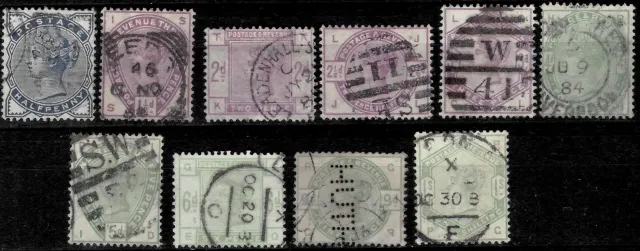
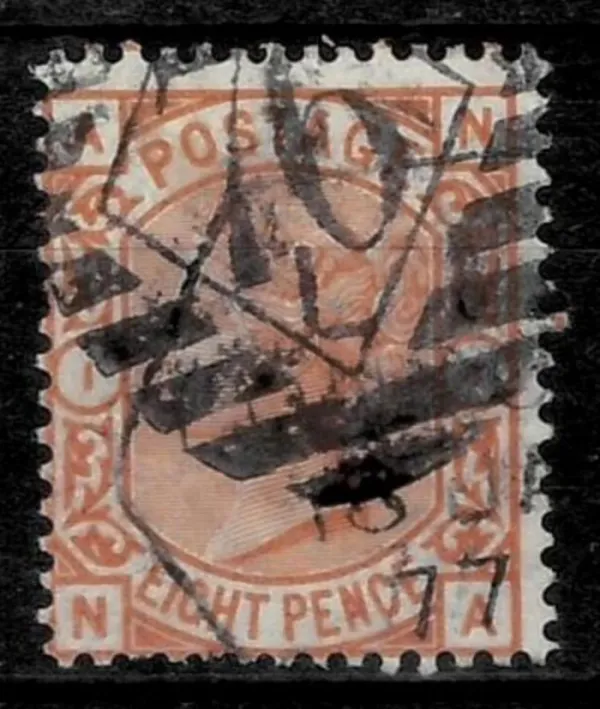
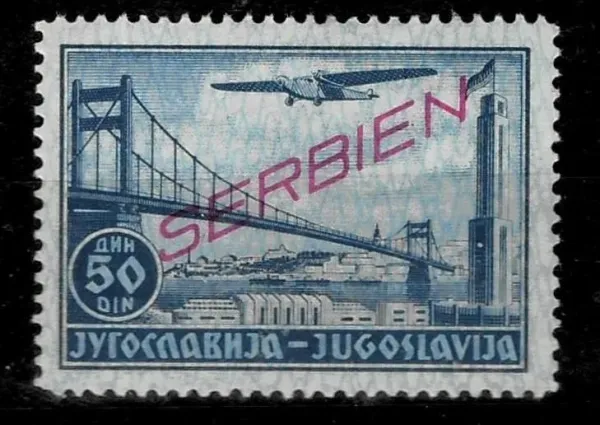

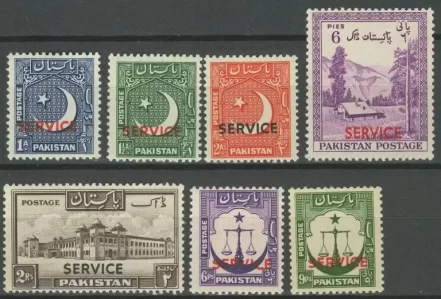
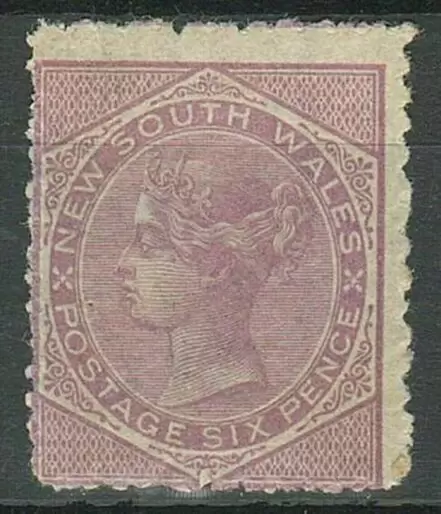
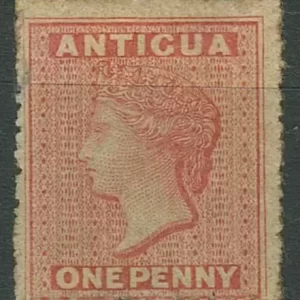
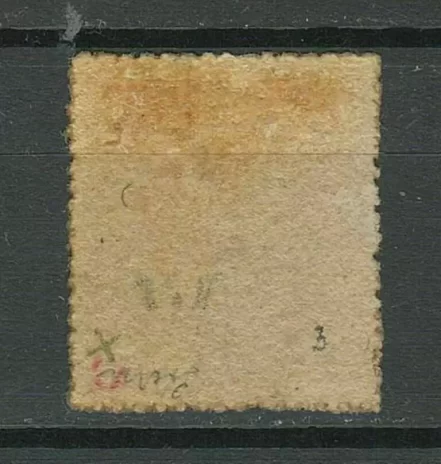
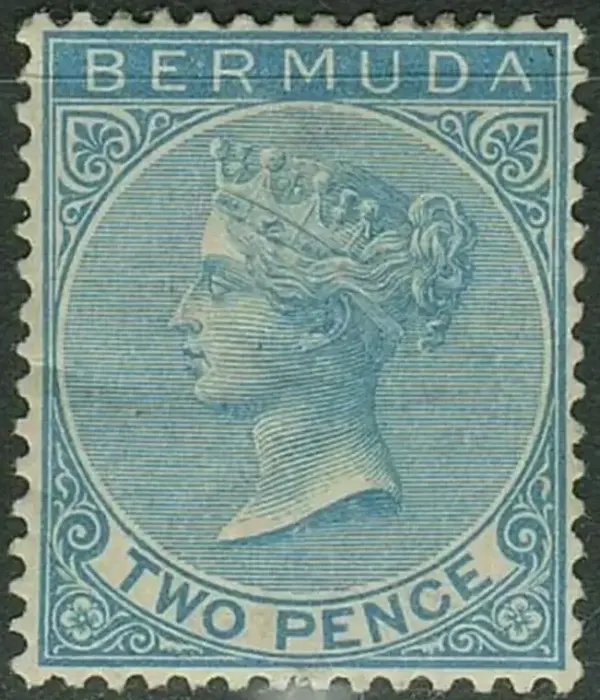
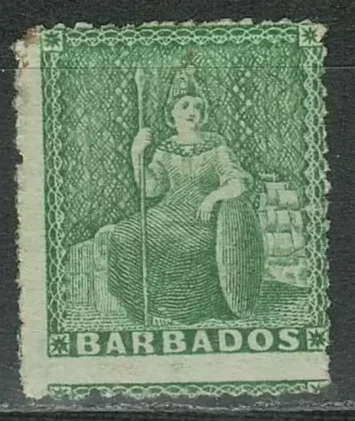
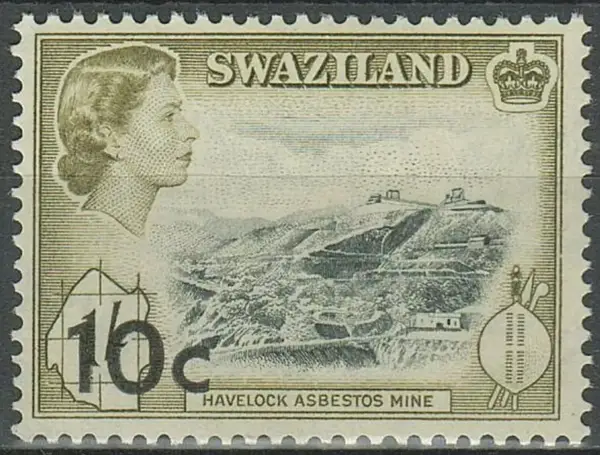
Reviews
There are no reviews yet.